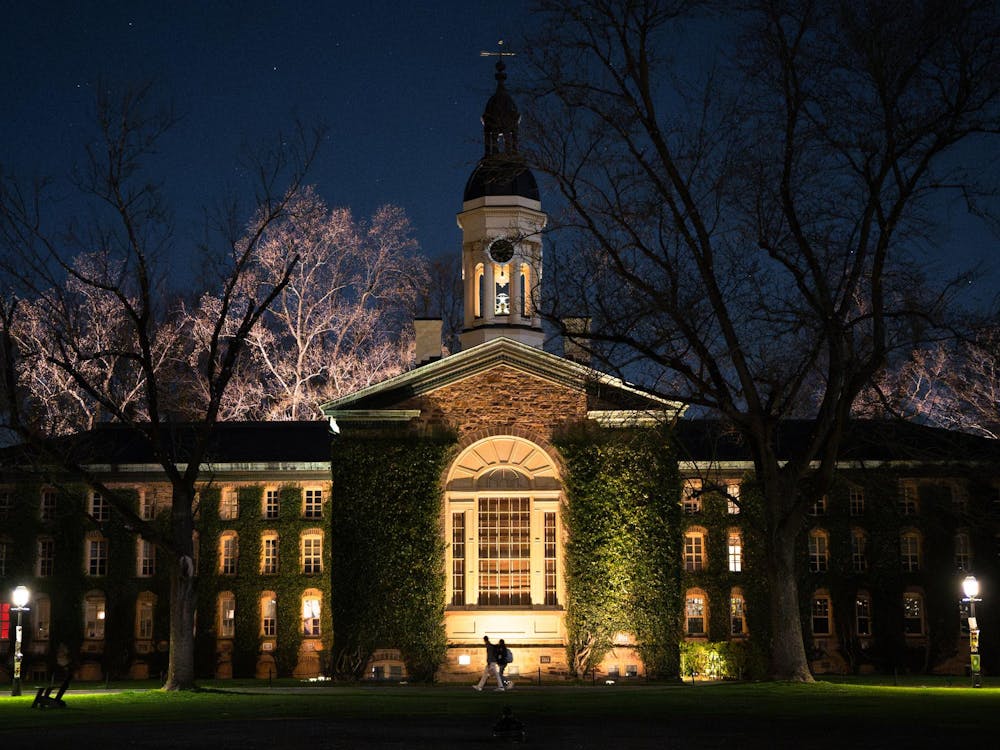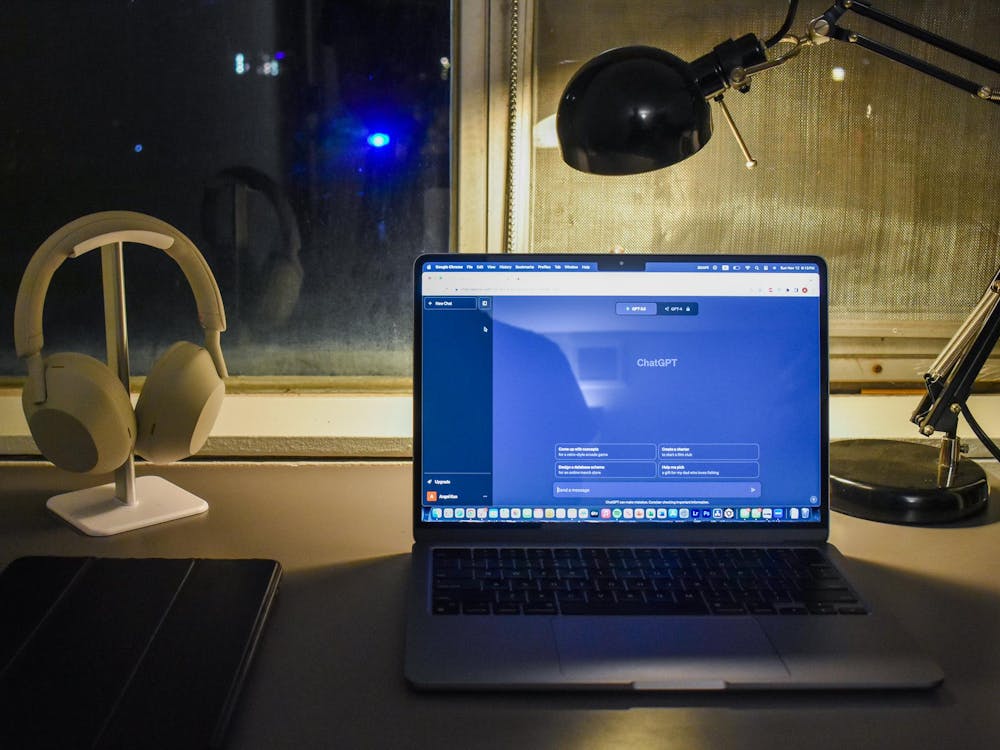Did you go on the Orange Key Tour before you applied to Princeton? Or when you got in? Most people think it's one of the most boring things in the world, and if you're one of those, stop reading this now . . .
Oh good, you're one of those cool people like me who loved the tour because of all the funny anecdotes about the students. My personal favorite is the one about the giant snowball stuffed into the only entrance of Brown Hall so that the residents had to climb in and out of windows for a few days to access the building (the one time it was a disadvantage to have a room on the first floor)!
The history of Princeton is fascinating, and whether the stories told on the Orange Key Tour are made up or not, there are some facts about the University's history that are just as interesting and better because they are true.
For example, did you know that the military used Princeton facilities during World War II for training and housing its men? At one point, rooming accommodations constructed for less than 2,000 students accommodated more than 3,000 men (yet we think we have a housing crunch now).
Did you know that up until the 1950s, a janitor in a dormitory functioned as a sort of maid? He would make the students' beds and sweep the floor of every bedroom daily. In addition to these duties, if you go further back in time, the janitors were responsible for filling each student's basin in the morning from the single tap of running water installed in each dormitory. And just as now, the janitors were underpaid, at about 90 dollars, when those in town were paid upwards of 130 dollars.
When the University trustees voted to eliminate these services because they were so expensive, students were very upset. First they petitioned the Board of Trustees to revoke the decision, but when they were unsuccessful, they actually demonstrated in what the 'Prince' called two hours of rioting. Students would have to clean up after themselves to an extent that their alumni fathers would never have dreamed.
The main reason the students were probably so upset that no one would be cleaning their rooms is that they were obligated to keep their rooms clean. Inspections of bedrooms were made periodically, and if a room was routinely disorderly to whatever point was judged unacceptable, the student could be referred for a warning or even disciplinary action like academic probation. Even now, many of us consider fire inspections invasions of our privacy, so how would you feel if your residential adviser knocked on your door every week during freshman year to make sure you had swept the floor?
The admission of women into the University also marked a huge change in how students lived. In order to have a large percentage of women entering as soon as possible to integrate quickly, Princeton admitted over 1,200 women in a single year and had to accommodate all of them in dormitories, which led to a huge housing crunch. In fact, this explains why some of the dormitories are so crowded today. The University experienced a financial crunch after it admitted women and wasn't able to build enough dormitories to maintain the previous standard of housing. Ever since, it has been recovering from the enormous influx of students in so short a time.
Today, we are still coping with these past changes as more are made. Another dormitory is currently under construction that will provide 200 more beds, and of course the University is planning the sixth residential college to accommodate 500 more students.
As big as the changes planned for the next few years are, there have been plenty of others that also supposedly changed the Princeton experience — and some would say ruined it. What makes Princeton so fantastic is that it changes with us. We learn and grow here, but we also teach the University better ways to teach and foster a community, and it's in response to and for us, the students, that these changes will continue. Aileen Ann Nielsen is from Upper Black Eddy, Penn. She can be reached at anielsen@princeton.edu.








